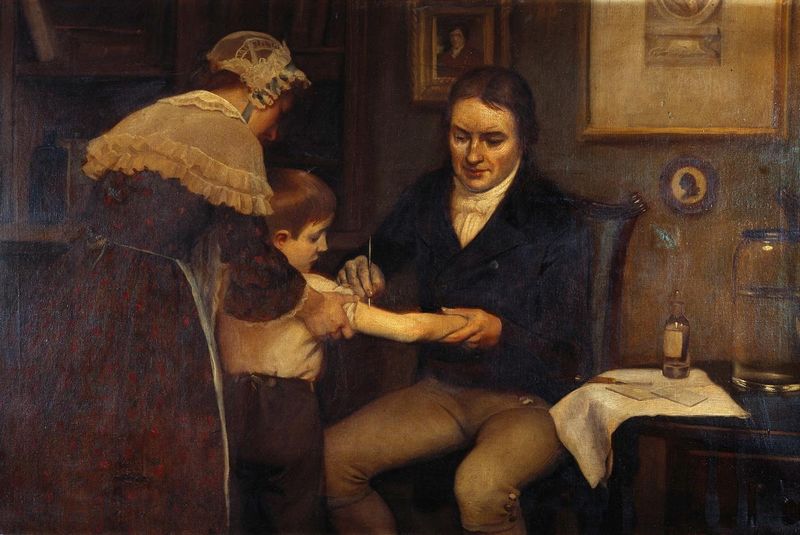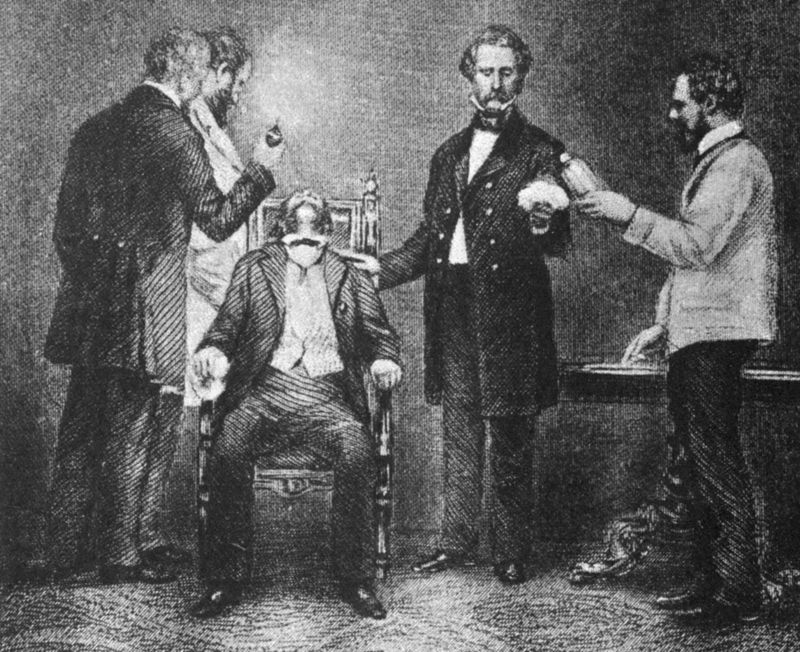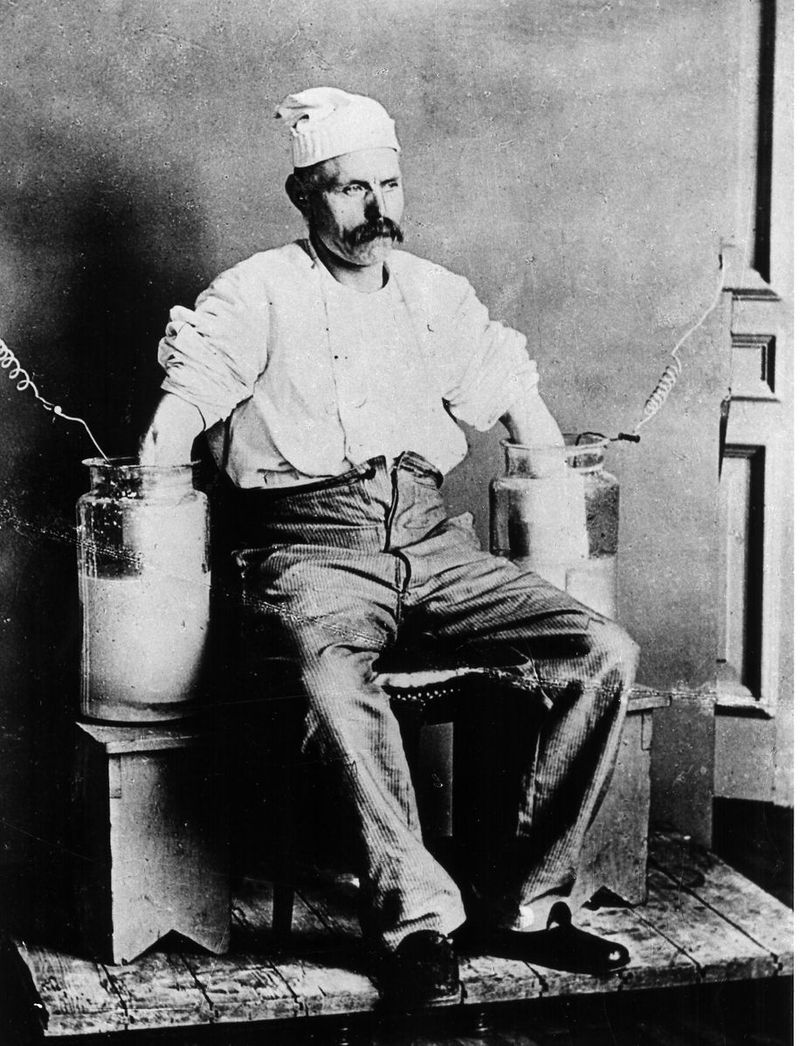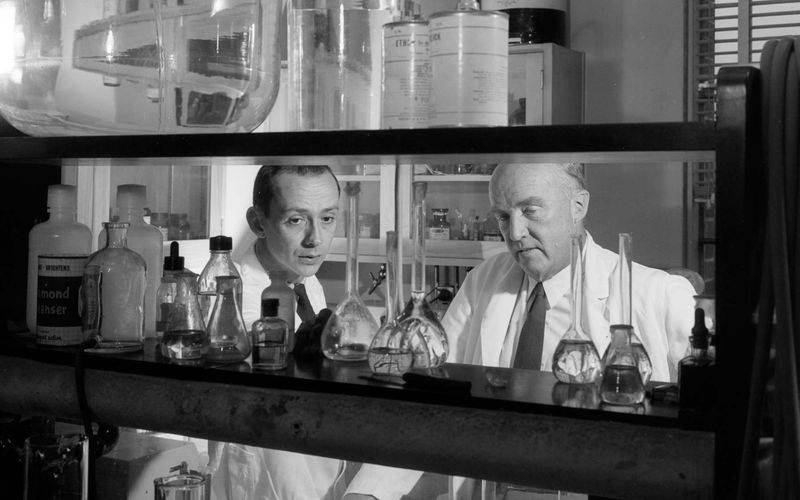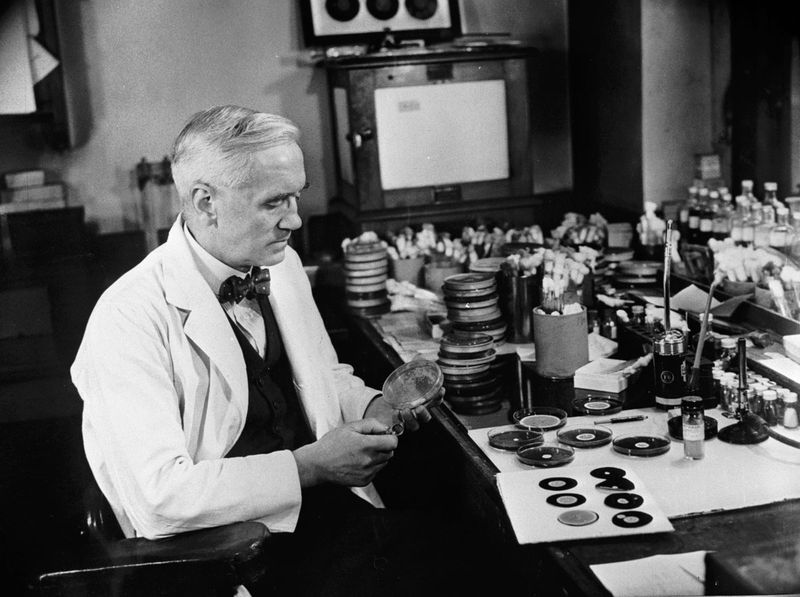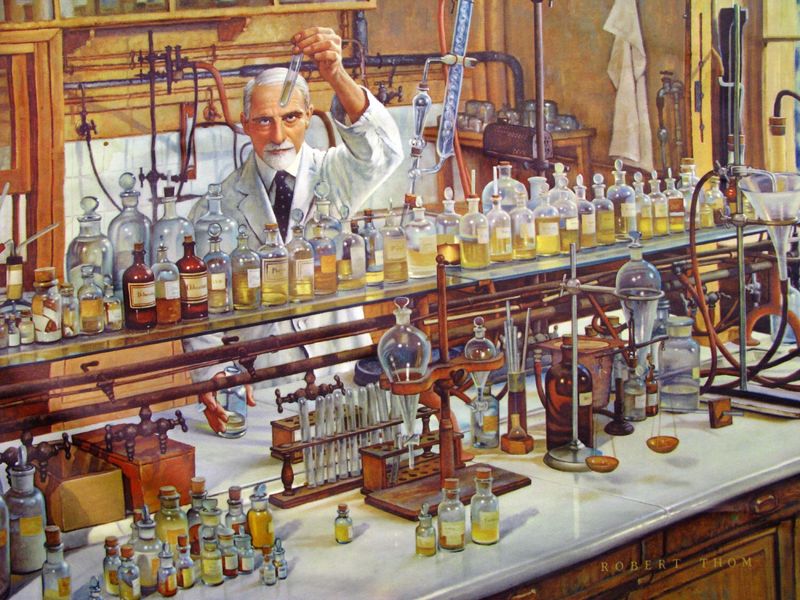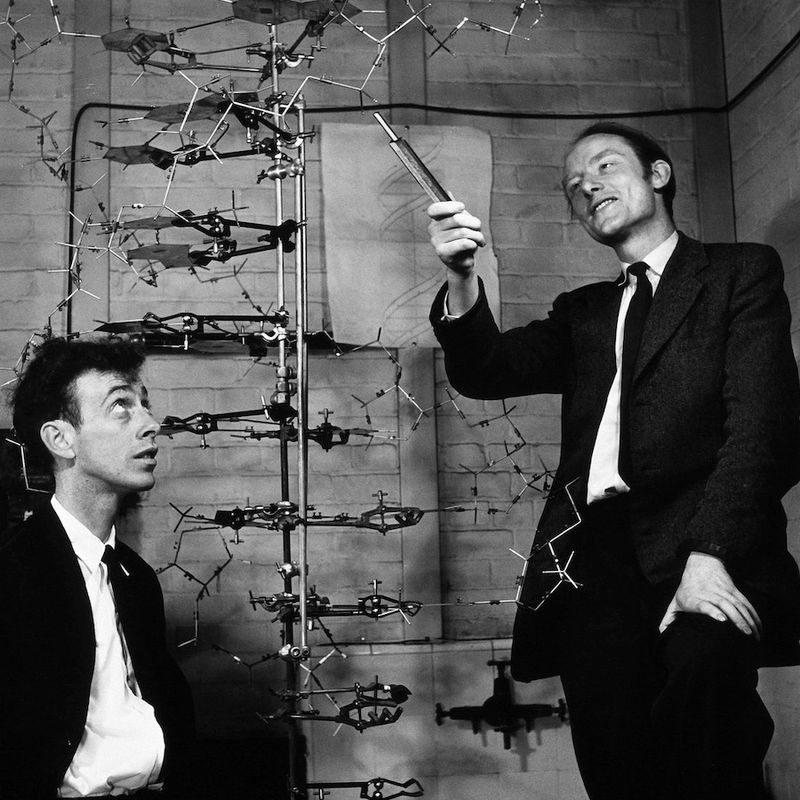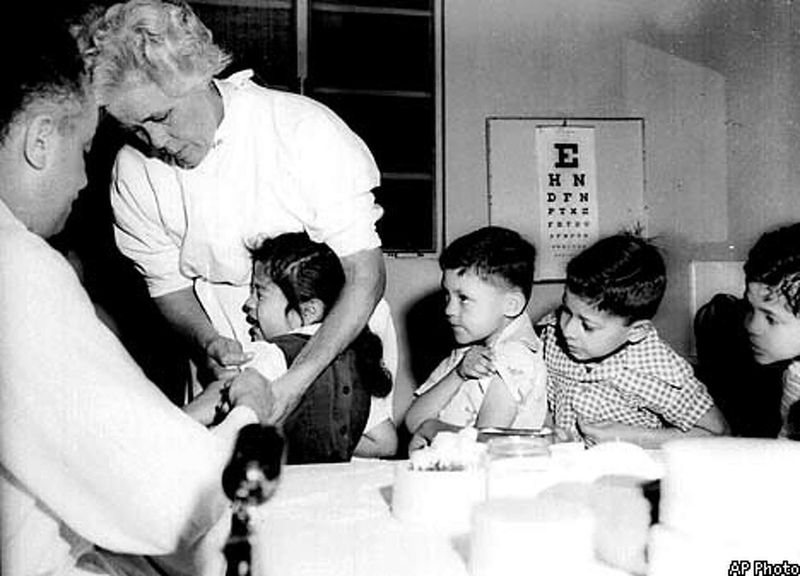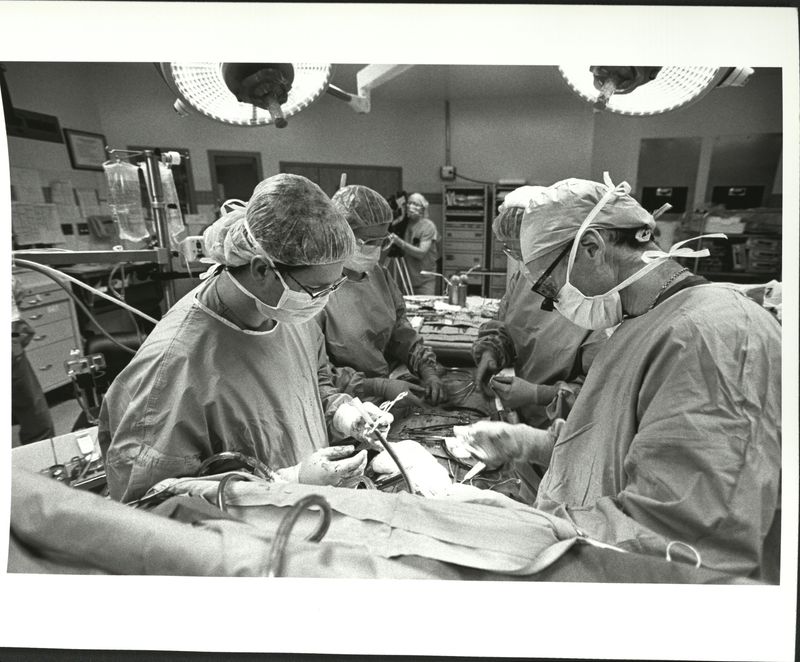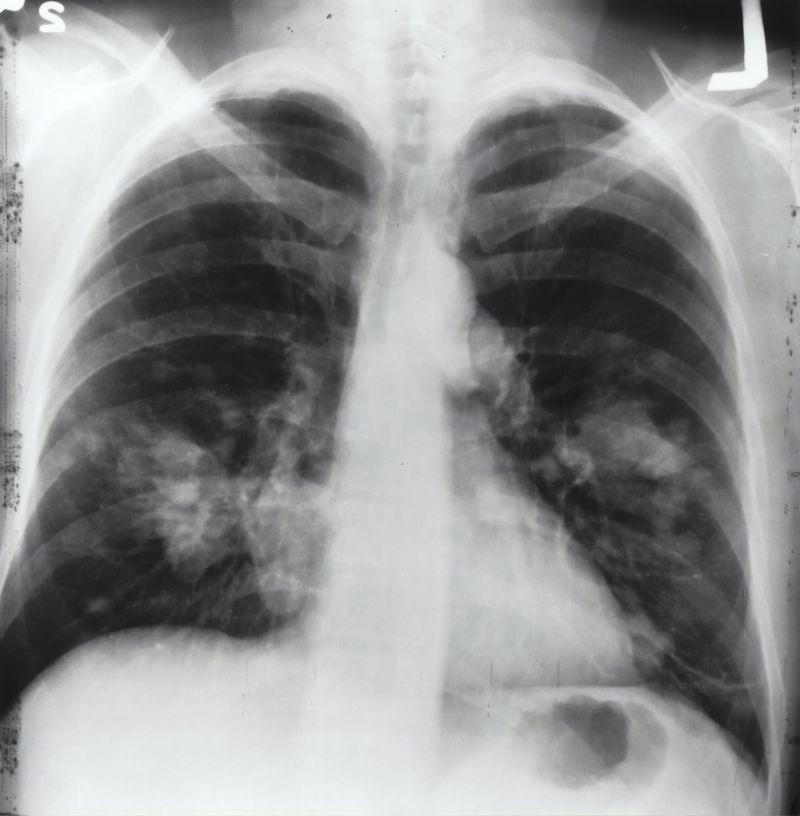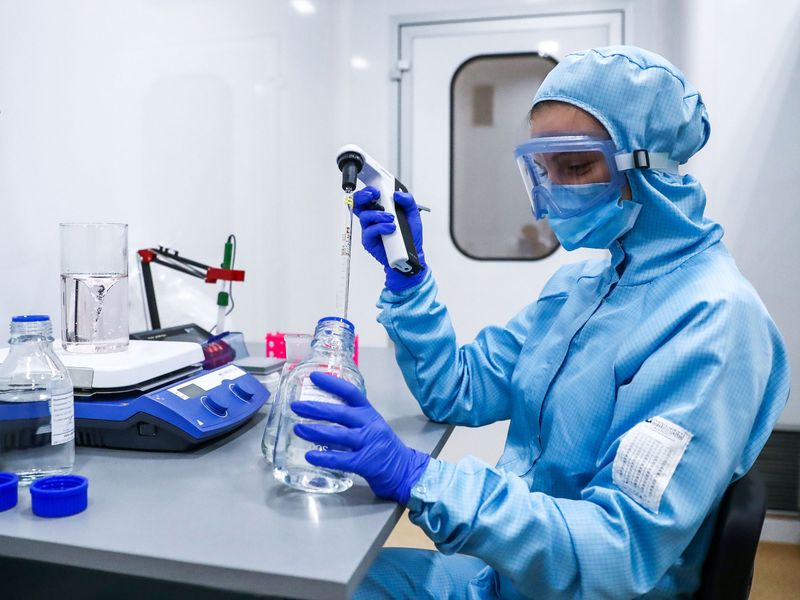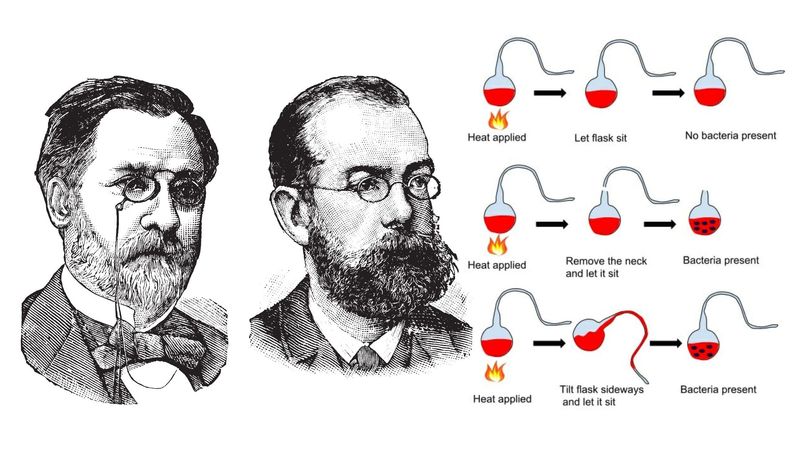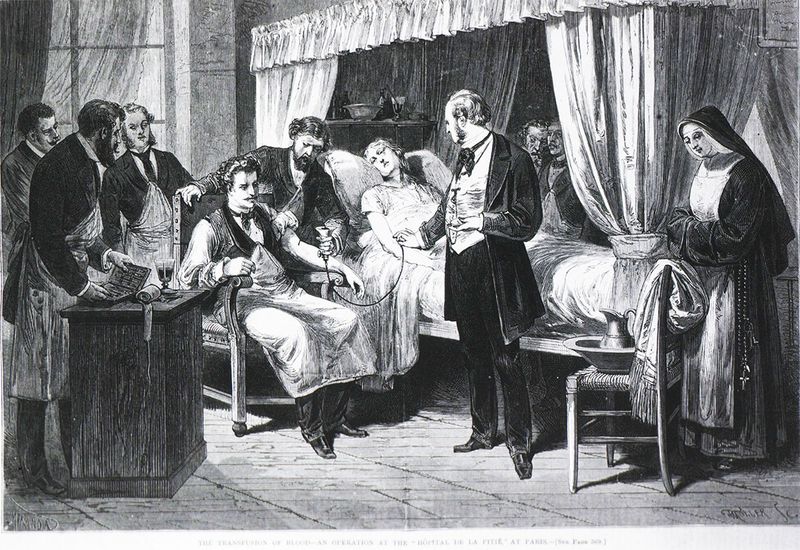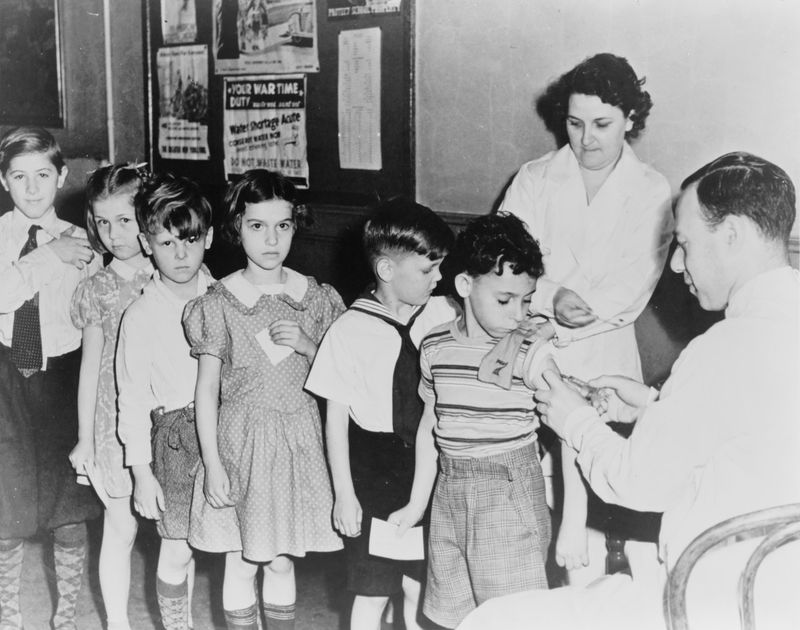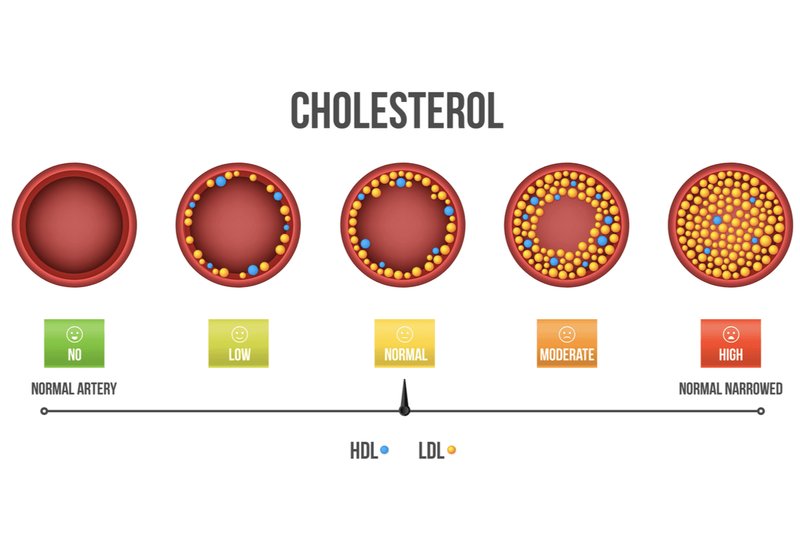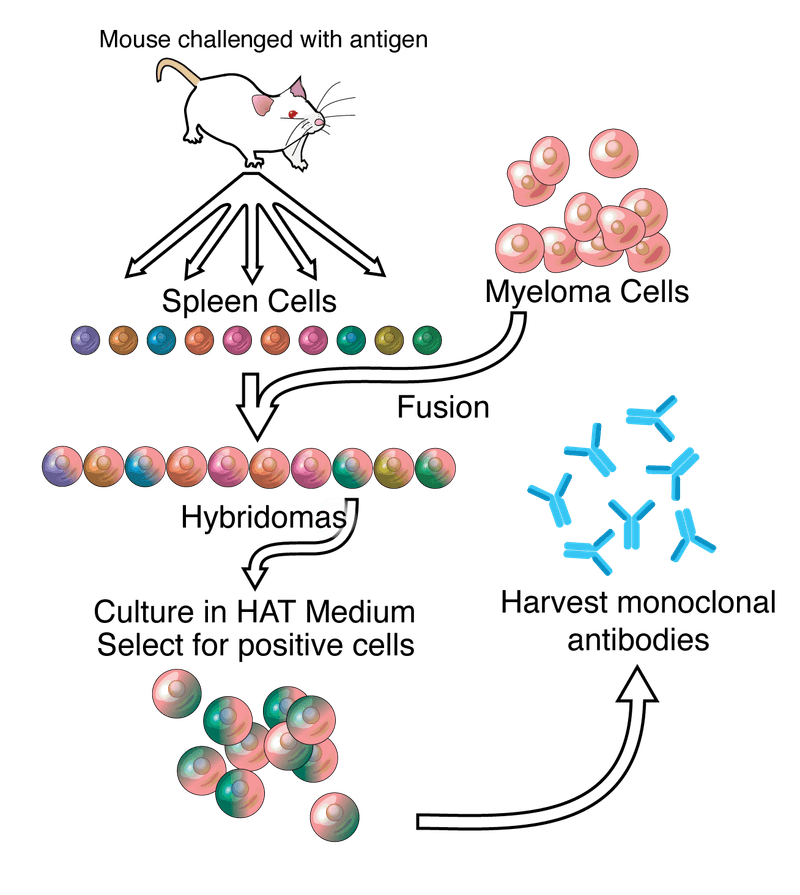Medical discoveries have dramatically transformed human health over the centuries. This post highlights 21 groundbreaking achievements that have saved millions of lives, showcasing the power of innovation in medicine.
1. Smallpox Vaccination (1796)
In 1796, Edward Jenner pioneered the smallpox vaccination, marking a major milestone in medical history. Jenner observed that milkmaids who had contracted cowpox were immune to smallpox.
He hypothesized that exposure to cowpox could protect against smallpox, a theory he proved by inoculating a young boy using material from cowpox blisters. This led to the eventual eradication of smallpox in 1980, a disease that had claimed millions of lives.
Jenner’s work laid the groundwork for modern vaccinology, showing how preventative measures can combat infectious diseases, transforming public health worldwide.
2. Discovery of Anesthesia (1846)
The discovery of anesthesia in 1846 revolutionized surgical procedures, allowing for pain-free operations.
William Morton, a dentist, demonstrated the use of ether as an anesthetic at Massachusetts General Hospital, marking the first successful public demonstration.
This breakthrough made complex surgeries feasible, decreasing mortality rates and improving patient comfort. Before anesthesia, surgery was a last resort due to unbearable pain.
Morton’s demonstration proved that surgery could be humane and effective. Anesthesia remains a cornerstone of modern medicine, enabling advancements in surgical techniques and patient care that were once unimaginable.
3. Invention of the Electrocardiogram (1903)
The invention of the electrocardiogram (ECG) by Willem Einthoven in 1903 provided a new way to diagnose heart conditions. Einthoven, a Dutch physiologist, developed the string galvanometer, allowing electrical activity of the heart to be recorded accurately.
This innovation enabled doctors to detect and monitor heart abnormalities, significantly improving cardiac care. The ECG became essential in diagnosing heart diseases, guiding treatment decisions and saving countless lives.
Today, it remains a fundamental tool in cardiology, reflecting Einthoven’s lasting impact on medicine, for which he received the Nobel Prize in Physiology or Medicine in 1924.
4. Insulin Discovery (1921)
The discovery of insulin in 1921 by Frederick Banting and Charles Best transformed diabetes management, offering hope where none existed. Prior to insulin, type 1 diabetes was often fatal.
Banting and Best’s experiments involved extracting insulin from the pancreas to regulate blood sugar levels. Their breakthrough allowed people with diabetes to manage their condition effectively, turning a deadly disease into a manageable one.
This discovery not only saved millions of lives but also paved the way for further research into hormone treatments. Insulin remains a vital treatment, significantly increasing the quality of life for diabetics.
5. Penicillin Discovery (1928)
In 1928, Alexander Fleming discovered penicillin, the first true antibiotic, by accident when he noticed mold killing bacteria in a Petri dish. This serendipitous finding revolutionized medicine, leading to the development of antibiotics that have saved countless lives.
Penicillin’s ability to treat bacterial infections effectively marked the beginning of modern antimicrobial therapy. Fleming’s discovery paved the way for a new era in medicine, reducing deaths from previously fatal infections.
Antibiotics remain a critical component of healthcare, illustrating the profound impact of Fleming’s work on global health.
6. Development of Chemotherapy (1940s)
The development of chemotherapy in the 1940s marked a pivotal shift in cancer treatment, offering new hope to patients. Researchers discovered that certain chemicals could target and kill cancer cells, leading to the first successful treatments for various cancers.
This innovation transformed cancer care, allowing for the treatment of previously untreatable tumors. Chemotherapy has improved survival rates significantly and continues to evolve with new drugs and protocols.
Its introduction represented a critical advancement in oncological medicine, providing a foundation for modern cancer therapies that millions rely on today.
7. Discovery of DNA’s Structure (1953)
In 1953, James Watson and Francis Crick unveiled the double helix structure of DNA, a discovery that revolutionized biology and medicine. Their model demonstrated how genetic information is stored and replicated, providing insight into heredity and genetic diseases.
This breakthrough laid the foundation for modern genetics, enabling advances in genetic engineering, biotechnology, and personalized medicine.
The understanding of DNA’s structure has facilitated the study of genes and the development of gene therapies, profoundly changing medical research and treatment. Watson and Crick’s work remains a cornerstone of molecular biology.
8. Polio Vaccine (1955/1961)
The introduction of the polio vaccine in the mid-20th century virtually eradicated a crippling disease that affected millions of people. Jonas Salk developed the first successful polio vaccine in 1955, followed by Albert Sabin’s oral vaccine in 1961.
These vaccines were instrumental in reducing polio cases worldwide, preventing paralysis and death. The widespread immunization campaigns led to the near-elimination of polio, showcasing the power of vaccination programs.
The polio vaccine stands as a testament to scientific innovation, highlighting the importance of vaccines in controlling infectious diseases globally.
9. Advancements in Organ Transplantation (1960s)
The 1960s saw significant progress in organ transplantation, transforming the prospects for patients with organ failure. Advances in surgical techniques and immunosuppressive drugs made kidney, liver, and heart transplants viable.
These developments extended patients’ lives, offering a new lease on life to those with failing organs. Organ transplantation has continued to evolve, becoming a routine procedure with improved outcomes.
The advancements of the 1960s laid the groundwork for modern transplant medicine, highlighting the importance of surgical innovation and interdisciplinary collaboration in extending human life.
10. Breakthroughs in Medical Imaging (X-rays, CT, MRI – 20th Century)
Medical imaging breakthroughs in the 20th century, including X-rays, CT scans, and MRI, revolutionized diagnostics and treatment. These technologies provided non-invasive methods to visualize internal structures, enabling accurate diagnoses.
X-rays, discovered by Wilhelm Röntgen, revealed skeletal structures, while CT and MRI offered detailed cross-sectional and soft tissue images.
These imaging tools have become essential in medicine, allowing for precise treatment planning and monitoring.
The introduction of advanced imaging techniques has greatly enhanced medical diagnostics and contributed to better patient outcomes, underscoring the value of technological advancements in healthcare.
11. Hepatitis B Vaccine (1980s)
The Hepatitis B vaccine, introduced in the 1980s, was a breakthrough in preventing a major cause of liver disease. This vaccine effectively protects against Hepatitis B, significantly reducing the risk of chronic liver conditions and liver cancer.
Its widespread use has led to a dramatic decrease in Hepatitis B infections globally. The development of this vaccine represents a crucial advance in public health, highlighting the role of vaccination in disease prevention and health promotion.
The Hepatitis B vaccine remains a key strategy in controlling viral hepatitis, improving global health outcomes.
12. Antiretroviral Therapy for HIV/AIDS (1990s)
In the 1990s, antiretroviral therapy (ART) transformed HIV/AIDS treatment, turning a once-deadly disease into a manageable chronic condition. The introduction of ART significantly improved life expectancy and quality of life for millions living with HIV.
These drugs work by preventing the virus from replicating, reducing viral load and preventing disease progression.
The success of ART has been pivotal in the global fight against HIV/AIDS, showcasing the importance of drug development in disease management.
ART continues to evolve, with new medications offering improved efficacy and fewer side effects, enhancing patient care.
13. Minimally Invasive Surgical Techniques (Late 20th Century)
The late 20th century saw the advent of minimally invasive surgical techniques, drastically changing surgical practices.
These procedures, including laparoscopy and endoscopy, involve smaller incisions, leading to quicker recovery times and less postoperative pain.
Minimally invasive surgery has expanded across many disciplines, providing safer options for patients and reducing hospital stays. This approach has become standard in many surgeries, improving patient outcomes and satisfaction.
The development of these techniques underscores the importance of innovation in enhancing surgical care and patient quality of life, marking a major shift in medical practice.
14. Advances in Genetic Testing & Personalized Medicine (21st Century)
Advances in genetic testing and personalized medicine in the 21st century have revolutionized healthcare, offering tailored treatment based on individual genetic profiles.
This approach allows for more precise and effective interventions, reducing adverse effects. Genetic testing enables the identification of predispositions to diseases, guiding prevention and early detection strategies.
Personalized medicine represents a paradigm shift in healthcare, focusing on individual variability.
This advancement highlights the potential of genomics in improving health outcomes, providing new insights into disease mechanisms and paving the way for future innovations in treatment strategies.
15. Innovations in Diabetes Management (Insulin Pumps & Continuous Glucose Monitoring – 21st Century)
Recent innovations in diabetes management, such as insulin pumps and continuous glucose monitoring, have significantly enhanced patient care.
These technologies offer better glucose control, reducing complications and improving quality of life for diabetics. Insulin pumps provide continuous insulin delivery, mimicking the body’s natural insulin release.
Continuous glucose monitors offer real-time blood sugar insights, allowing for timely adjustments. These advancements reflect the ongoing evolution of diabetes care, emphasizing technology’s role in managing chronic conditions.
Improved glucose management tools have empowered patients, offering greater autonomy and better health outcomes.
16. Germ Theory of Disease (Mid-1800s)
The germ theory of disease, developed in the mid-1800s by scientists like Louis Pasteur, fundamentally changed our understanding of disease causation.
This theory posited that microorganisms cause many diseases, shifting medical paradigms from miasma theories. Pasteur’s experiments provided evidence for germ theory, leading to improved sanitation, hygiene practices, and infection control.
This understanding paved the way for modern microbiology and the development of vaccines and antibiotics.
The germ theory remains a cornerstone of medical science, highlighting the importance of scientific inquiry in advancing health and combating infectious diseases.
17. Development of Blood Transfusion Techniques (Mid-1800s)
The development of blood transfusion techniques in the mid-1800s marked a vital advancement in emergency medicine and surgery.
Early pioneers overcame numerous challenges, including blood compatibility issues, to establish transfusion as a lifesaving procedure. These techniques provided critical support during surgeries and trauma care, significantly reducing mortality rates.
Blood transfusions became integral to medical practice, aiding in the treatment of anemia, surgical blood loss, and more.
The evolution of transfusion medicine underscores the importance of innovation in extending life and improving patient outcomes in critical situations.
18. MMR Vaccine (1960s)
The MMR vaccine, developed in the 1960s, was a significant public health milestone, protecting against measles, mumps, and rubella.
This combined vaccine offered a convenient and effective way to prevent these contagious diseases, reducing their incidence dramatically. Widespread vaccination efforts led to a substantial decline in related complications and mortality.
The MMR vaccine has been instrumental in controlling outbreaks and promoting herd immunity, showcasing the vital role of vaccines in public health.
It remains a key component of immunization programs worldwide, underscoring the ongoing importance of vaccination in disease prevention.
19. Introduction of Statins for Cardiovascular Health (1980s)
The introduction of statins in the 1980s marked a transformative moment in cardiovascular health management. These drugs effectively lower cholesterol levels, reducing the risk of heart attacks and strokes.
Statins have become a cornerstone in treating high cholesterol, offering a preventive strategy against cardiovascular diseases.
Their widespread use has significantly improved heart health outcomes, providing an effective tool in managing cardiovascular risk.
The development of statins reflects the ongoing quest to improve public health through pharmacological innovation, highlighting their impact on reducing disease burden and enhancing quality of life.
20. Monoclonal Antibody Therapies (1970s/1990s)
Monoclonal antibody therapies, developed from the 1970s onwards, have transformed treatment options for various diseases, including cancers and autoimmune disorders.
These lab-engineered antibodies target specific antigens, offering precision in treatment. The introduction of monoclonal antibodies provided new avenues for targeted therapies, improving disease outcomes and reducing side effects.
They have become vital in oncology and immunology, showcasing the potential of biotechnology in advancing medical care.
The success of these therapies highlights the importance of research and innovation in developing new treatments that improve patient lives.
21. CRISPR Gene Editing (2012)
CRISPR gene editing, introduced in 2012, represents a revolutionary tool in genetic research and therapy. This technology allows for precise modification of DNA, offering potential cures for genetic disorders and advances in genetic research.
CRISPR’s ability to edit genes with high accuracy has opened new possibilities in treating hereditary diseases and advancing biotechnology.
Its development marks a new era in gene therapy, highlighting the potential for correcting genetic defects. CRISPR continues to evolve, promising to reshape the future of medicine and offering hope for genetic interventions.

